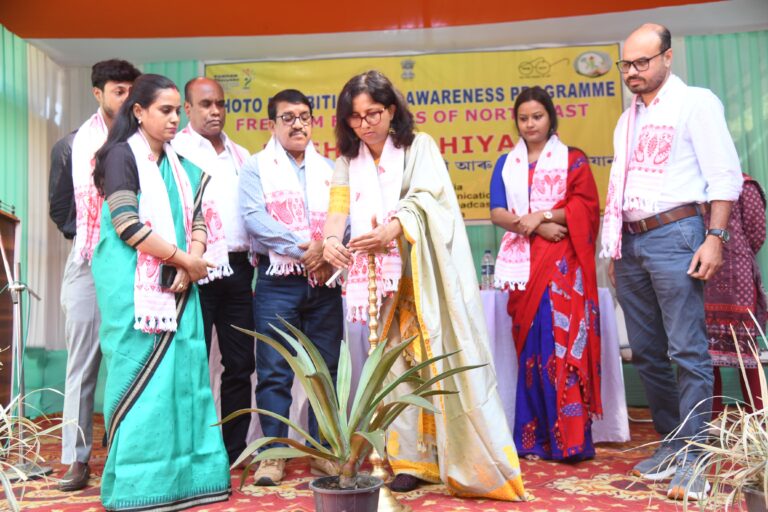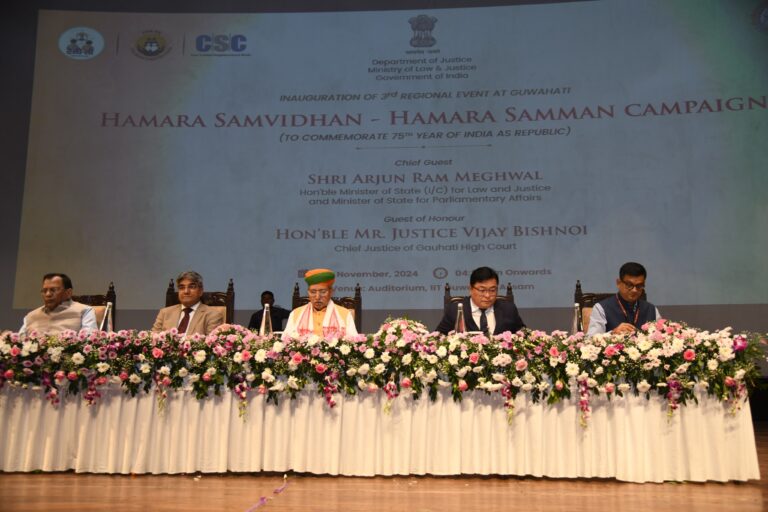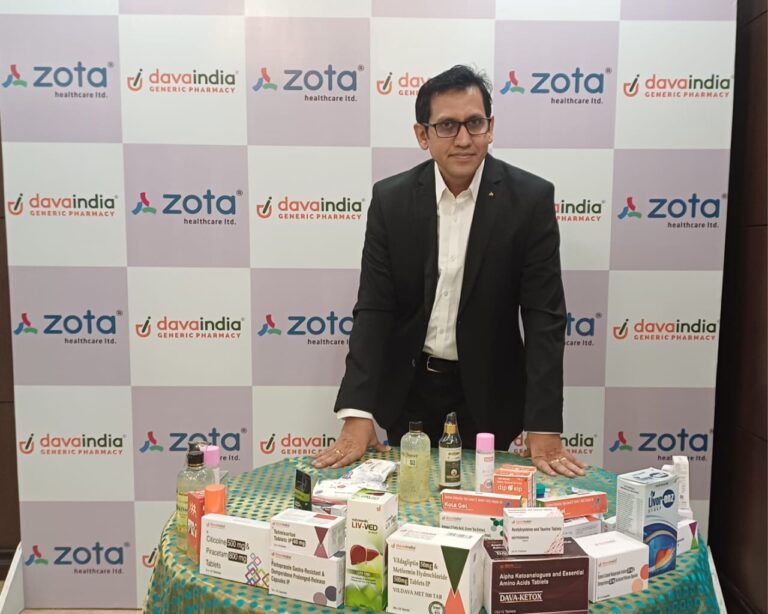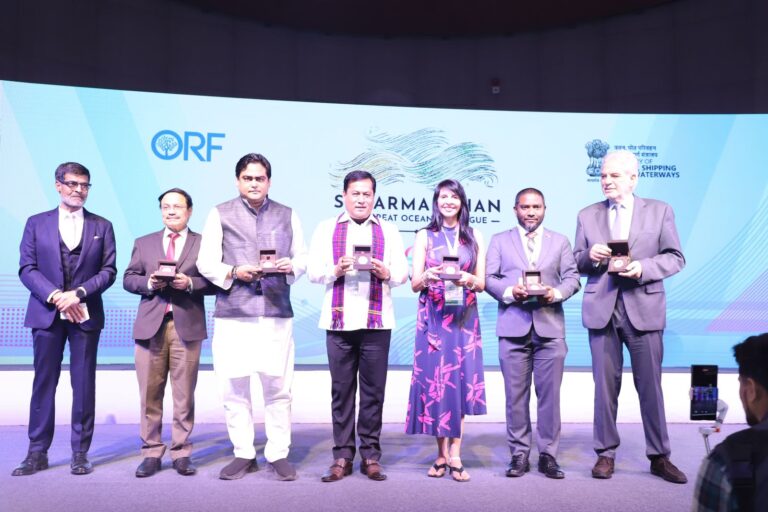New Delhi: Of the 5,911 people with severe acute respiratory illness (SARI) who were tested by the Indian Council of Medical Research (ICMR) to check for COVID-19, 104 tested positive and 40 among them did not have any history of foreign travel or contact with a coronavirus-positive case. This was the finding of the ICMR’s sentinel surveillance among SARI patients done with an aim to identify the spread and extent of transmission of coronavirus in the country.
These 104 cases were reported from 52 districts across 20 states and Union Territories. The COVID-19 positivity was higher among men and patients aged above 50. The findings were released in a paper published in the Indian Journal of Medical Research.
Even though the ICMR did not make any remarks in the paper’s conclusion on community transmission, it had said in a press release on March 19 that it had initiated sentinel surveillance to detect community transmission of COVID-19. “The council has been closely monitoring the presence of community transmissions in the country,” the ICMR had said.
Based on the findings of the sentinel surveillance, the ICMR said the activities to contain the spread of the infectious disease should be focused in districts where SARI patients have tested positive. “Intensifying sentinel surveillance for COVID-19 among SARI patients may be an efficient tool to effectively use resources towards containment and mitigation efforts,” the paper said.
Across states, 21 people from Maharashtra, 13 from Gujarat, 14 from Delhi, nine from West Bengal and eight from Telangana tested positive for COVID-19 during the surveillance.
A majority of the SARI patients were tested from Gujarat (792), Tamil Nadu (577), Maharashtra (553) and Kerala (502) with COVID-19 positivity of 1.6%, 0.9%, 3.8% and 0.2%, respectively. COVID-19 positive SARI patients were detected from eight districts in Maharashtra, six in West Bengal, and five each in Tamil Nadu and Delhi.
The median age of Covid-19 positive SARI patients was 54 years. Of the 104, 85 were men and 83 were above 40 years.
The paper said the data needed to be interpreted against certain limitations. It said the data might not be representative of the entire district, state or country because patients who were tested were in selected sentinel hospitals predominantly in the public sector in urban areas. “However, the trend of COVID-19 positivity among SARI patients could provide reliable information about its spread in the area,” it said.
The ICMR and the paper’s authors could not be immediately reached for a comment.
When were these 5911 SARI Patients tested and how?
The ICMR said in the second week of March that it was conducting random sampling of SARI patients to check for community transmission. On March 20, the ICMR revised its testing strategy and expanded the scope to include all hospitalised SARI patients. As per the paper, of the 5,911 SARI patients tested for COVID-19, 965 SARI patient samples were tested retrospectively between February 15-29 and March 19 and only two (0.2%) were positive for COVID-19.
When the testing strategy was revised, a total of 4,946 samples were tested and found 102 (2.1%) cases positive. The positivity increased from zero during the initial weeks to 2.6% by the time the surveillance ended.
What is SARI and why were SARI patients tested?
Broadly speaking, SARI patients whose samples were tested as part of the surveillance exhibit symptoms such as fever, cough or sore throat, shortness of breath or pneumonia. Sentinel surveillance is usually carried out to check the prevalence of a disease in a community or population. According to the World Health Organization, a sentinel surveillance system is used when high-quality data is needed about a particular disease that cannot be obtained through a passive system.
This will further assist to monitor the intensity of COVID-19 transmission over time and geographical spread and to assess the severity of the disease in the country. Following the evolution of the COVID-19 epidemic, hospitalised SARI patients were included as part of the routine testing strategy.















